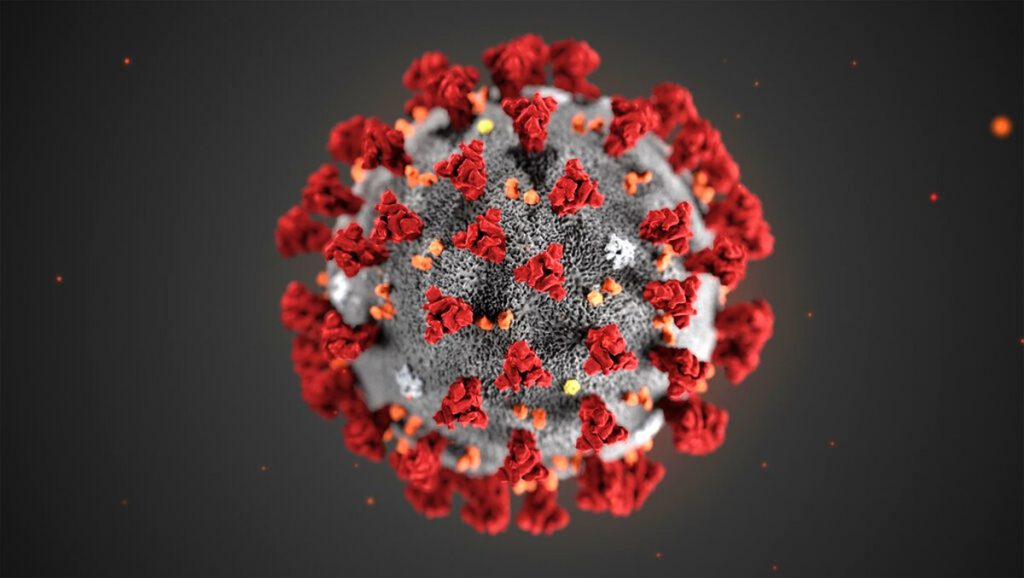DHS Shortens Quarantine For Some
For those exposed to someone with COVID-19 quarantine now 10 days rather than 14.
Hoping to improve compliance with quarantine for people who have been exposed to the coronavirus, state health officials are now saying they can end quarantine after 10 days instead of the previously recommended two weeks.
The new guidelines from the state Department of Health Services (DHS) take effect Monday. They follow revisions from the Centers for Disease Control and Prevention (CDC). They apply to the close contacts of people who have tested positive for an infection with the virus responsible for the COVID-19 pandemic.
The new guidelines say that close contacts, even if they have not been tested, can end their quarantine after 10 days, if they do not develop symptoms.
The new guidelines also state that people in quarantine who receive a negative test for the virus can end their quarantine after seven days — but the test must be at least five days after the quarantine has begun.
After quarantine, the new guidelines require the exposed person to continue to pay close attention for symptoms of the virus and take immediate action to isolate and get tested if symptoms develop
The change was made in recognition that some people were unwilling or unable to maintain the full 14-day quarantine.
“The 14-day quarantine, which is based on the incubation period of the virus, is going to continue to be the safest approach,” said Dr. Ryan Westergaard, chief medical officer in the communicable disease bureau at DHS, at a media briefing on Thursday, Dec. 3.
That time period was chosen to prevent people who have not developed symptoms right away from spreading the virus without knowing they were infected. “The challenge with that is that 14 days is very, very difficult,” Westergaard said.
“But there’s potential benefits of doing it that way, which is that it’s much less disruptive for people and communities and employers to do it,” he said. “So it might be worth accepting some risk.”
People who have tested positive for the virus have been reluctant to identify their close contacts when speaking with contact tracers “because it’s so daunting to think about [their contacts] having to quarantine for 14 days.”
As long as people follow the guidelines’ precautions during the quarantine, “I think it’s a net positive thing,” Westergaard said. “It’s going to give people some flexibility and make quarantine more doable in a lot of settings.
Reprinted with permission of Wisconsin Examiner.
More about the Coronavirus Pandemic
- Governors Tony Evers, JB Pritzker, Tim Walz, and Gretchen Whitmer Issue a Joint Statement Concerning Reports that Donald Trump Gave Russian Dictator Putin American COVID-19 Supplies - Gov. Tony Evers - Oct 11th, 2024
- MHD Release: Milwaukee Health Department Launches COVID-19 Wastewater Testing Dashboard - City of Milwaukee Health Department - Jan 23rd, 2024
- Milwaukee County Announces New Policies Related to COVID-19 Pandemic - David Crowley - May 9th, 2023
- DHS Details End of Emergency COVID-19 Response - Wisconsin Department of Health Services - Apr 26th, 2023
- Milwaukee Health Department Announces Upcoming Changes to COVID-19 Services - City of Milwaukee Health Department - Mar 17th, 2023
- Fitzgerald Applauds Passage of COVID-19 Origin Act - U.S. Rep. Scott Fitzgerald - Mar 10th, 2023
- DHS Expands Free COVID-19 Testing Program - Wisconsin Department of Health Services - Feb 10th, 2023
- MKE County: COVID-19 Hospitalizations Rising - Graham Kilmer - Jan 16th, 2023
- Not Enough Getting Bivalent Booster Shots, State Health Officials Warn - Gaby Vinick - Dec 26th, 2022
- Nearly All Wisconsinites Age 6 Months and Older Now Eligible for Updated COVID-19 Vaccine - Wisconsin Department of Health Services - Dec 15th, 2022
Read more about Coronavirus Pandemic here

















